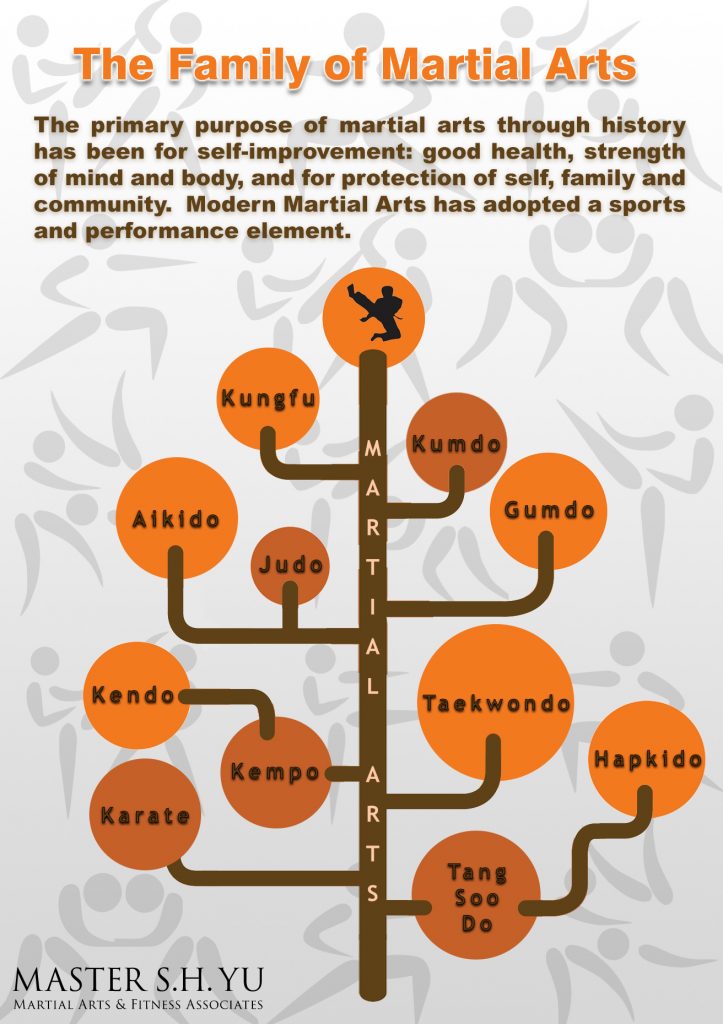Standard Taekwondo Moves For Amateurs
Standard Taekwondo Moves For Amateurs
Blog Article
Web Content By-Dolan Frazier
As you tip onto the floor covering, the crisp aroma of resolution fills the air. The world of Taekwondo waits for, ready to unveil its keys and unleash your possibility.
However where to start? Fear not, for within these sacred methods exists the structure of your trip.
From understanding the art of positions, to letting loose powerful kicks and strikes, this discussion will certainly direct you through the important strategies that will certainly shape you into a formidable Taekwondo practitioner.
So, tighten your belt and prepare to start a path of discipline, toughness, and self-discovery.
Positions
To perform Taekwondo strategies properly, it's important to master the appropriate positions. Positions are the foundation of every move in Taekwondo, providing stability, balance, and power.
One of the most standard positions is the 'Equine Stance.' In this position, your feet are shoulder-width apart, knees are a little curved, and your weight is evenly distributed between both legs. The Equine Position allows you to keep a reduced center of gravity, making it easier to execute effective strikes and kicks.
An additional important stance is the 'Front Stance.' In this position, one leg is positioned ahead with the knee bent, while the various other leg is prolonged straight back. The Front Stance is utilized for long-range attacks and offers a solid base for creating optimal power.
Kicks
Beginners in Taekwondo can find out a variety of effective and dynamic kicks to enhance their martial arts skills. https://chinese-kids-martial-arts77654.tusblogos.com/33462819/exactly-how-exercising-taekwondo-can-increase-your-confidence-and-self-control-unleash-your-inner-warrior-and-unlock-the-psychological-benefits-now are a vital part of Taekwondo, as they enable you to produce maximum power and reach your challenger from a range.
One of the fundamental kicks you'll find out is the front kick, where you extend your leg forward and strike with the ball of your foot.
https://indianexpress.com/article/lifestyle/fitness/urvashi-rautela-martial-arts-staff-bojutsu-technique-benefits-7514931/ is the roundhouse kick, where you pivot on your supporting foot and deliver a round kick with the top of your foot.
Additionally, the side kick includes increasing your leg sideways and striking with the edge of your foot.
Strikes
After understanding the different starts Taekwondo, it is necessary to now focus on creating efficient strikes. Below are 5 necessary strikes that every novice ought to find out:
- Punches: Practice tossing straight punches with proper strategy and positioning. Remember to utilize your entire body to create power and preserve balance.
- Palm Heel Strikes: Use the base of your hand to strike your challenger's target location, such as the nose or chin. Concentrate on accuracy and rate to optimize influence.
- Arm Joint Strikes: Learn various elbow strikes, such as the descending joint or horizontal arm joint strike. These can be ravaging close-range assaults.
- Ridge Hand Strikes: Utilize the side of your hand to strike prone locations like the temple or throat. Practice proper hand positioning and aim for accuracy.
- Knee Strikes: Develop solid knee strikes by driving your knee upwards into your opponent's body. Focus on producing power from your hip turning.
Conclusion
As you take your last bow, the trip of discovering vital taekwondo methods comes to an end. Yet, this final thought marks the beginning of a new chapter in your life.
The stances, kicks, and strikes you have found out stand for greater than simple physical activities; they signify self-control, perseverance, and self-confidence. Accept these teachings, and let them guide you towards a stronger, a lot more balanced existence.
With each technique mastered, you open the prospective within yourself to get rid of any kind of difficulty that comes your means.
